Concrete Steel Nails / Steel Concrete Nails / Masonry Nails
Premium Concrete Nails with high tensile strength for secure fixing. Designed to resist bending and corrosion, ideal for masonry projects, fencing, and wall mounts. Trusted by contractors & homeowners alike.
It has strong hardness and good toughness. The hardness of medium carbon steel is above HRC50; Shear strength t ≥ 980 MPa; Toughness curvature ≥ 75 degree

|
Concrete Steel Nails/ Masonry Nails Shank: Grooved Shank, Twisted Shank, Plain Shank, Spiral Shank,Angular Spiral Shank | |||
| SIZE | D1(mm) | D2(mm) | L (mm) | |
| 8BWG | 4.2mm | 20 | 2″,2.5″,3″,3.5″,4″ | |
| 9BWG | 3.76mm | 20 | 2″,2.5″,3″,3.5″,4″ | |
| 10BWG | 3.4mm | 20 | 2″,2.5″,3″ | |
| 11BWG | 3.15mm | 18 | 1.5″,2″,2.5″ | |
| 12BWG | 2.8mm | 16 | 1.5″,2″ | |
| 13BWG | 2.4mm | 14 | 1.5″,2″ | |
Materials: 45# or 60# Carbon Wire Rod
Finish:Electro galvanized, Black finishgalvanized /H.D.G
Head:Countersunk Plain head, oval head, or according to request
Shank: Plain shank, grooved shank, spiral shank, angular spiral shank
Point:Diamond Point
Packing:by box ,carton, plastic bags,etc .
Weight Varies By Profile
Concrete Nails Application: suitable for the connection of hardwood and light wood keel in the decoration industry. Suitable for hardwood, brick walls, and cement mortar components. Widely used in civil and military construction of water and electricity installation and decoration.
It has strong hardness and good toughness. The hardness of medium carbon steel is above HRC50; Shear strength t ≥ 980 MPa; Toughness curvature ≥ 75 degree
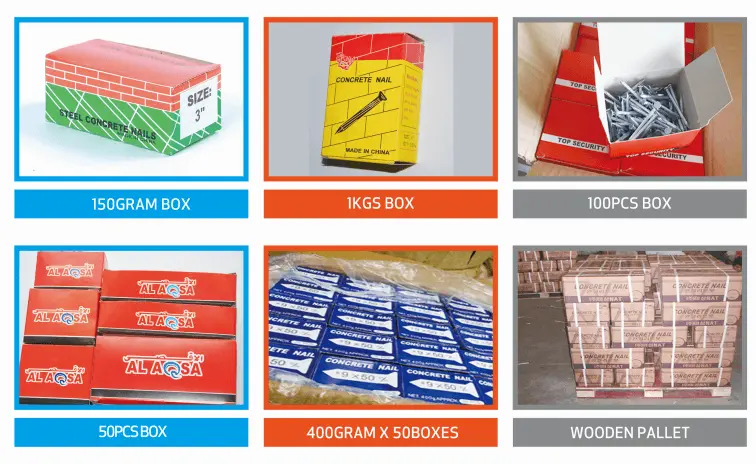
When hammering concrete nails or masonry nails, it’s best to use a framing hammer, which is heavier and more substantial than a standard claw hammer. With its added weight and milled face (checkerboard ridged head), a framing hammer makes the job easier. Even with this heavier hammer, you will need to drill pilot holes for the nails. This is best done with a hammer drill and a masonry bit that is the same diameter or slightly smaller than the nails you’re using.
Note: When nailing lumber to concrete, make sure to use pressure-treated wood. Standard lumber can rot due to moisture that wicks through the concrete over time.
Commercial
Industrial
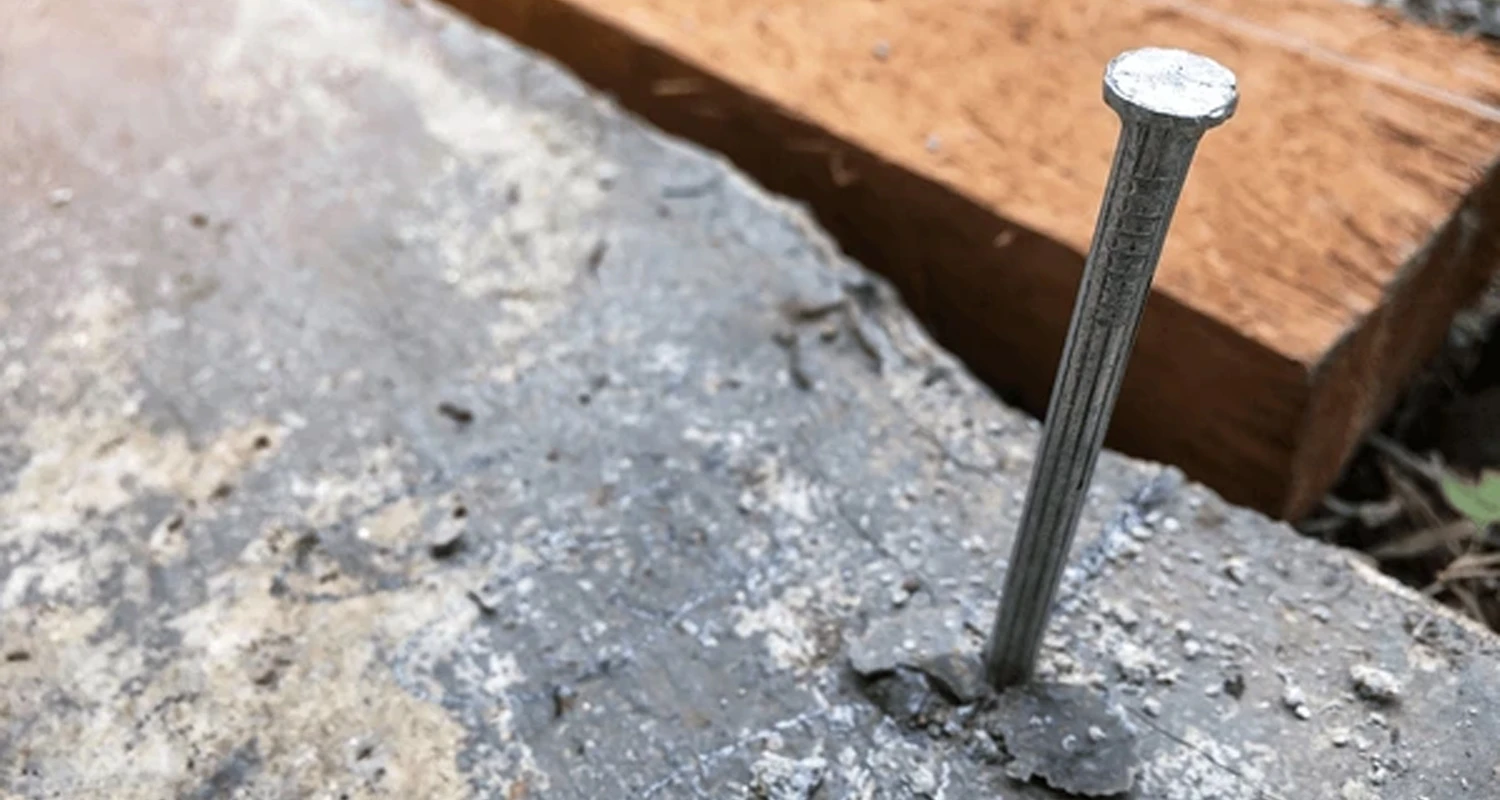
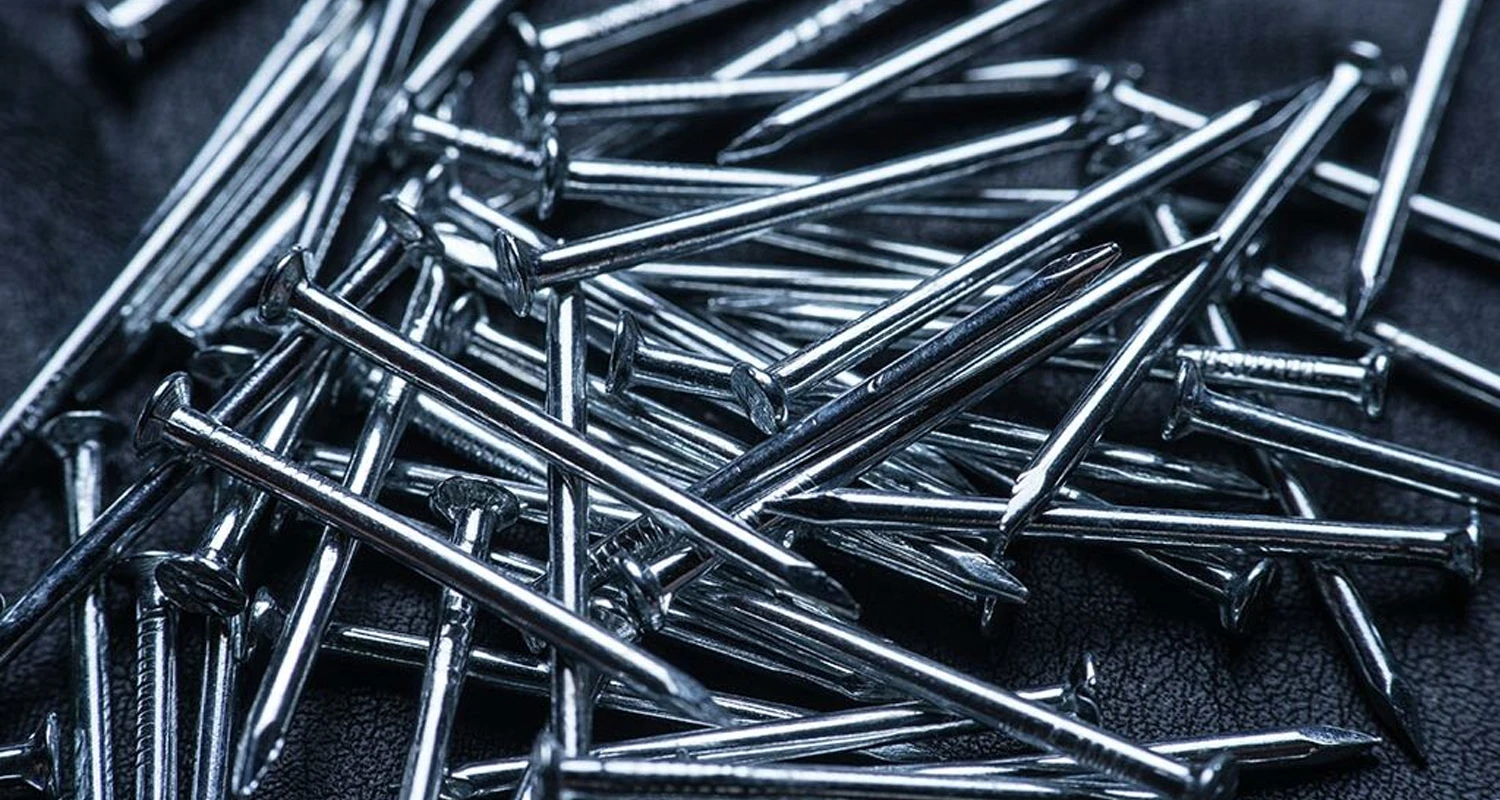
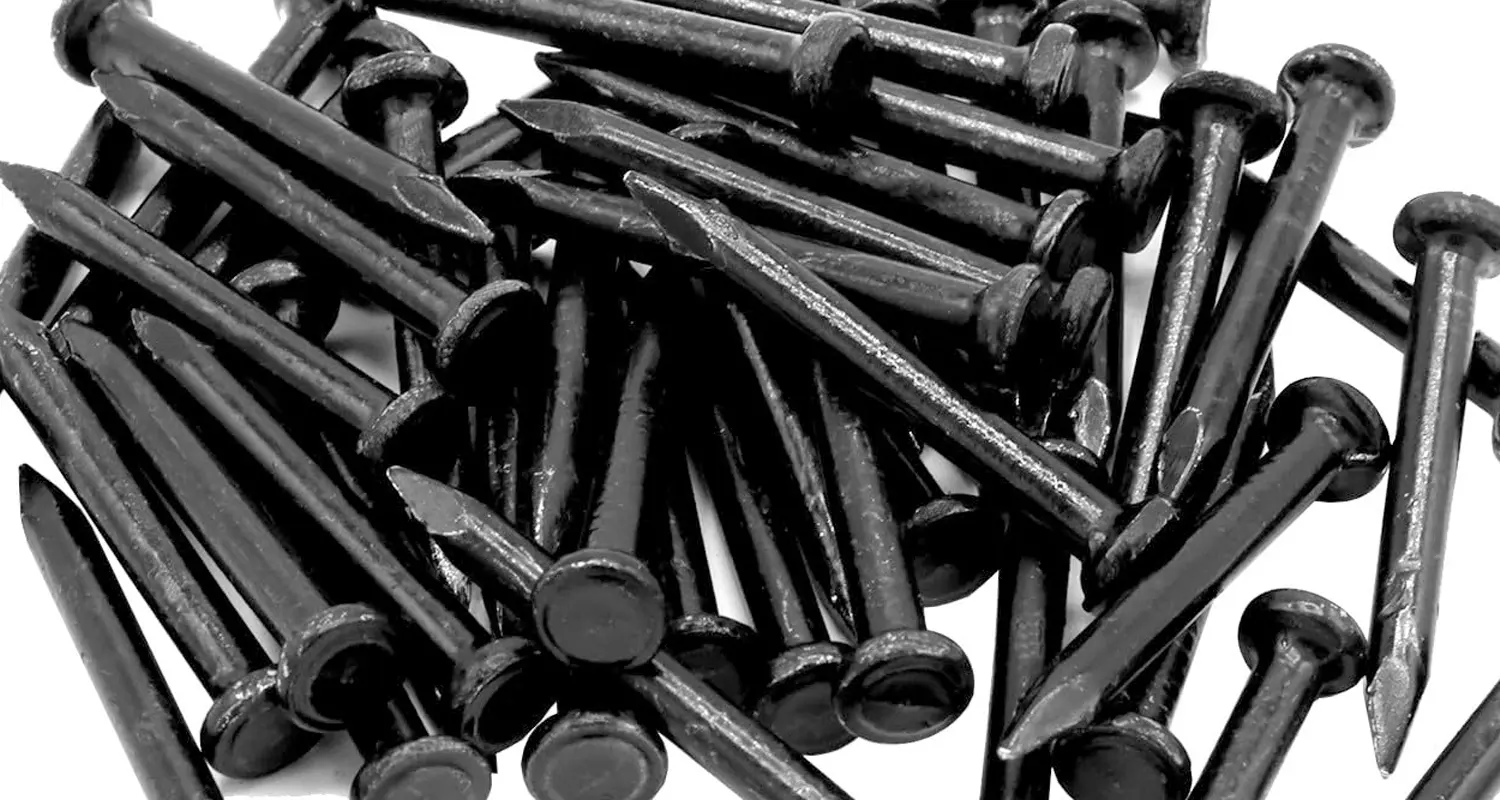
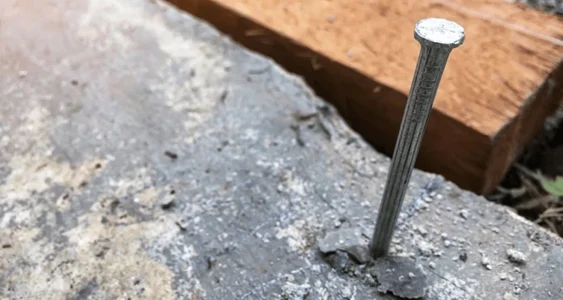
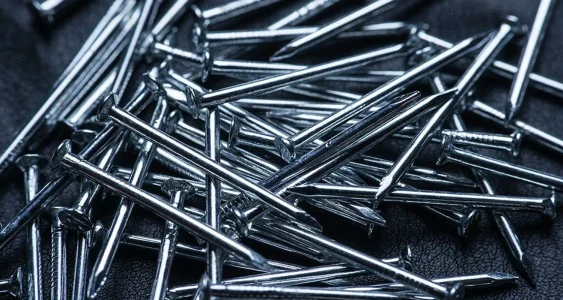
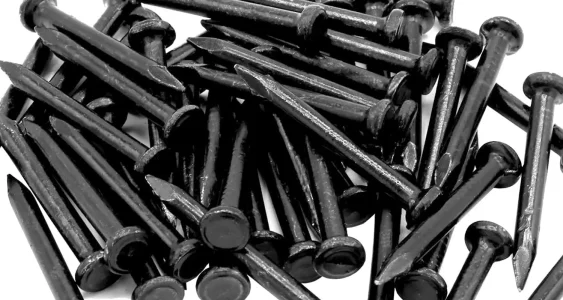
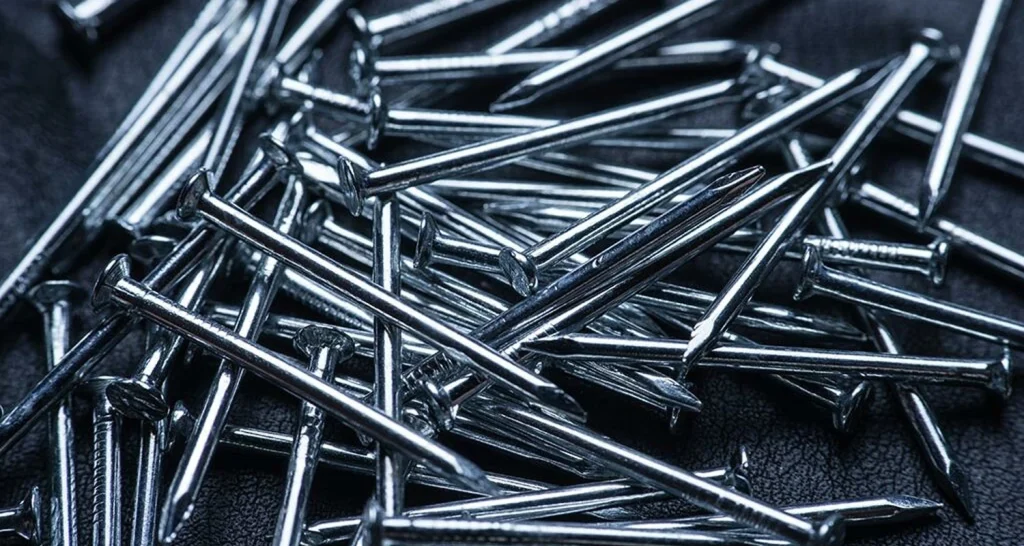
Common Steel Color
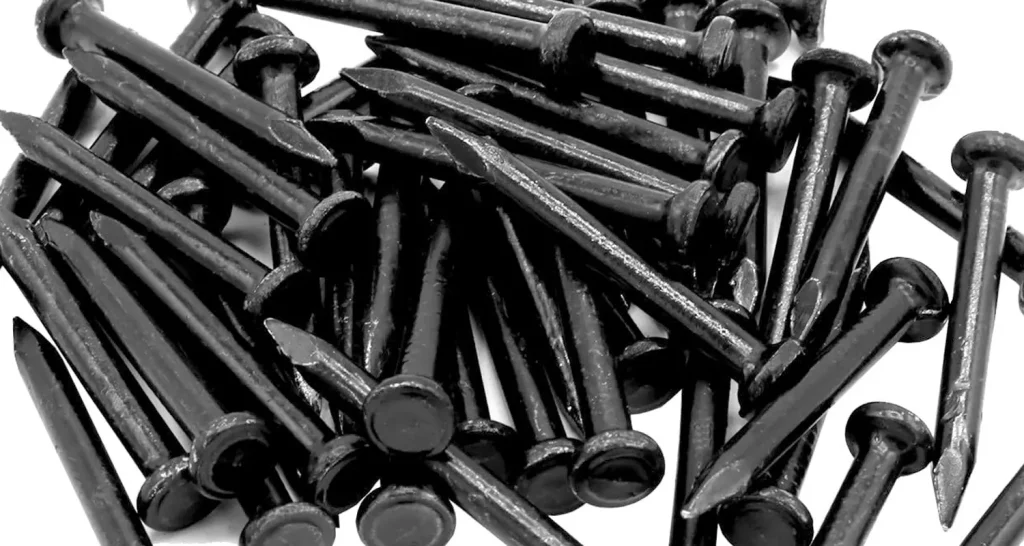
Black color
We are committed to fostering enduring partnerships with our clients. Recognizing the unique needs of each customer, we offer customized solutions tailored to their specific requirements. With a focus on flexibility in order processing and punctual delivery, we are dedicated to ensuring customer satisfaction and establishing long-term collaborations built on trust and reliability.
Thank you for your interest in our factory. Should you have any inquiries or require further information regarding our roofing sheets or related services, please feel free to reach out to us. We eagerly anticipate the opportunity to collaborate with you and contribute to your success.
Take the next step – contact one of our experts or explore our full line of metal roof systems.